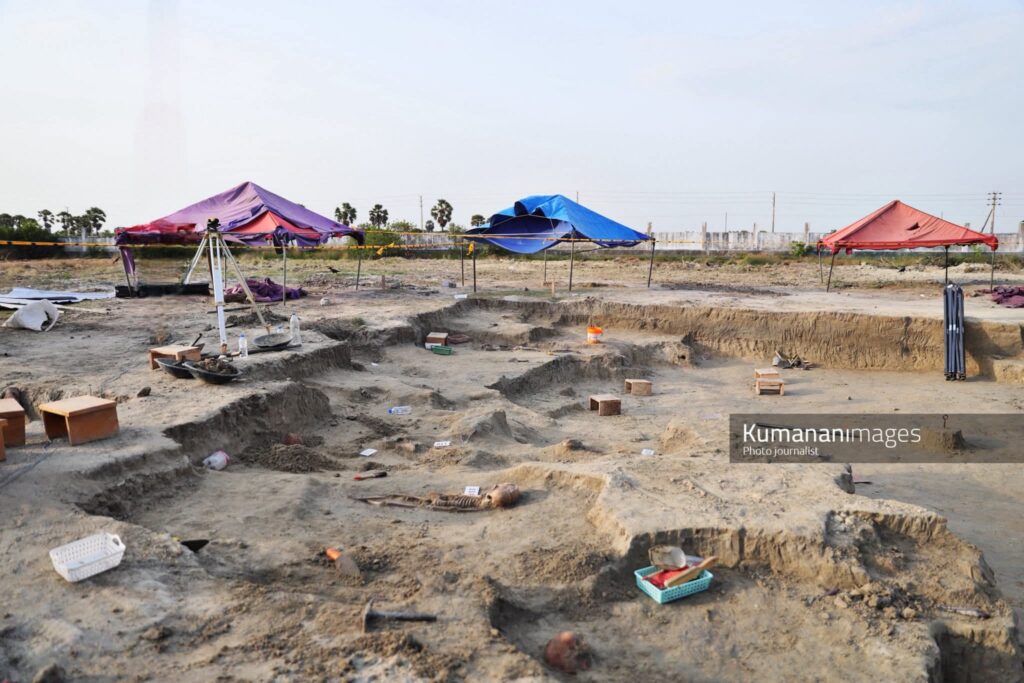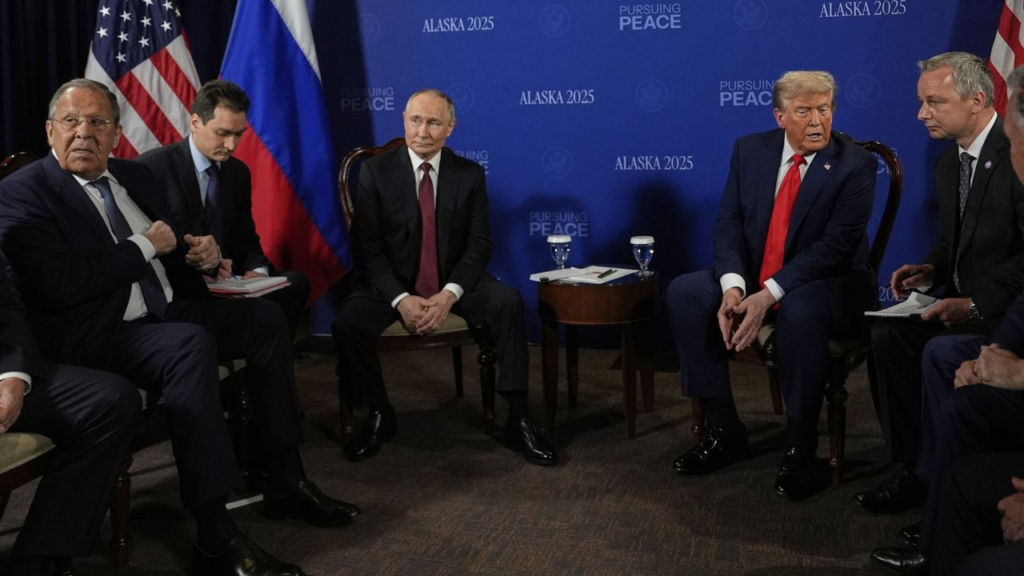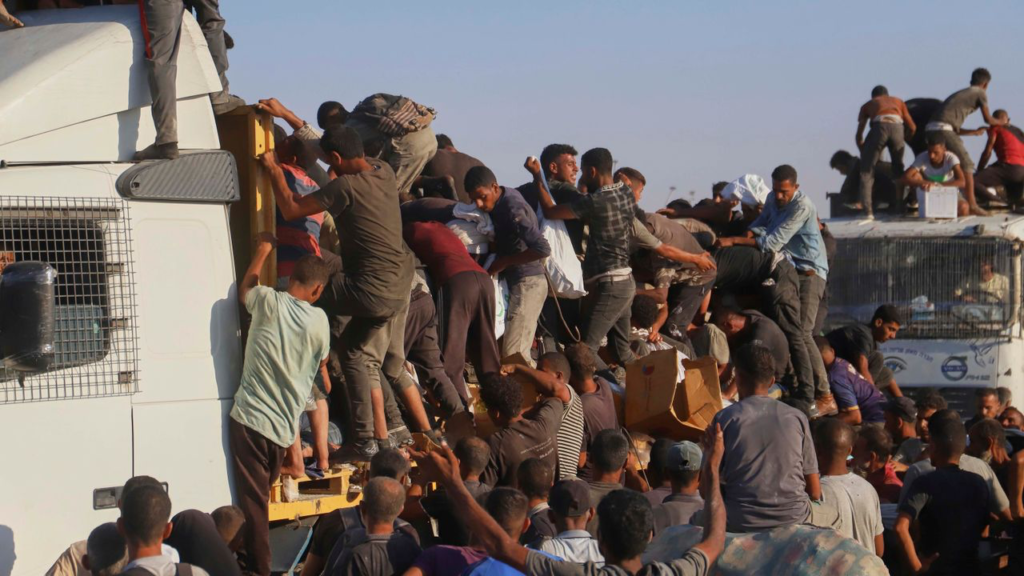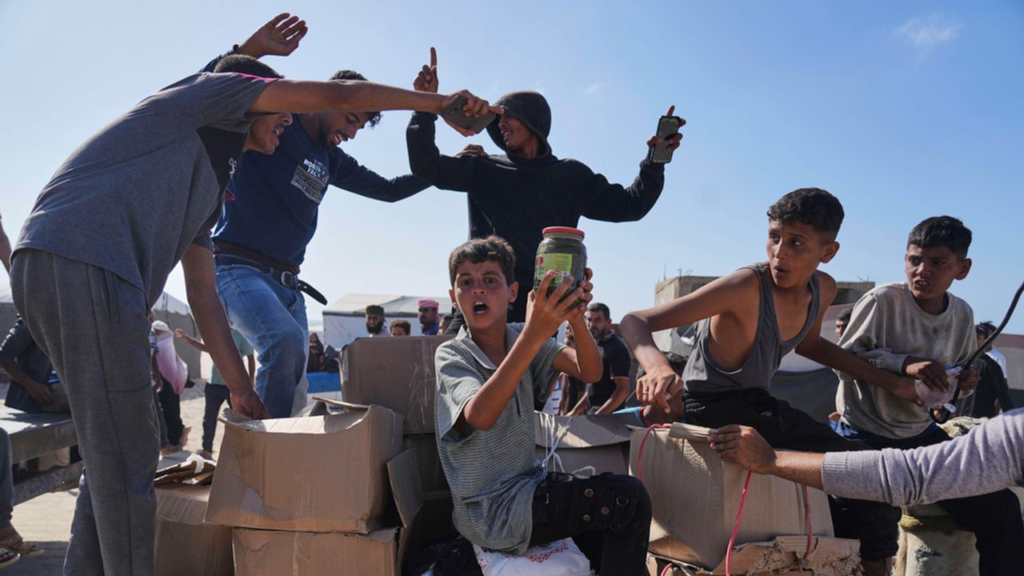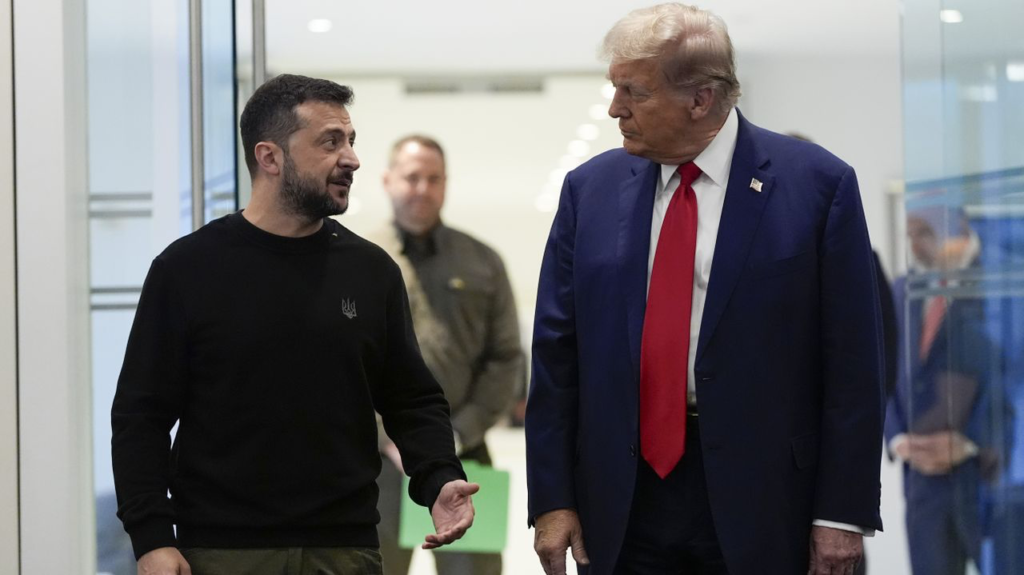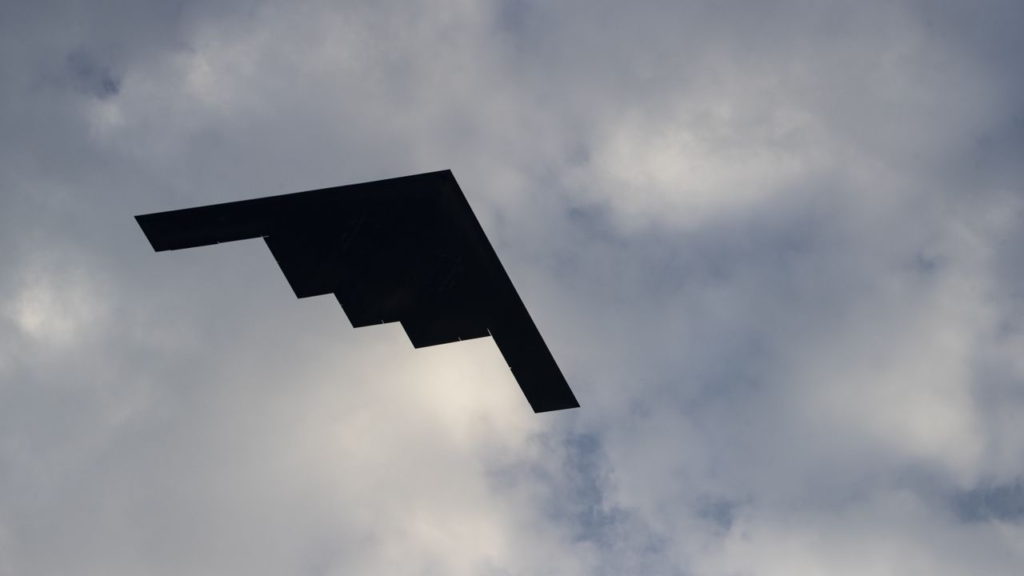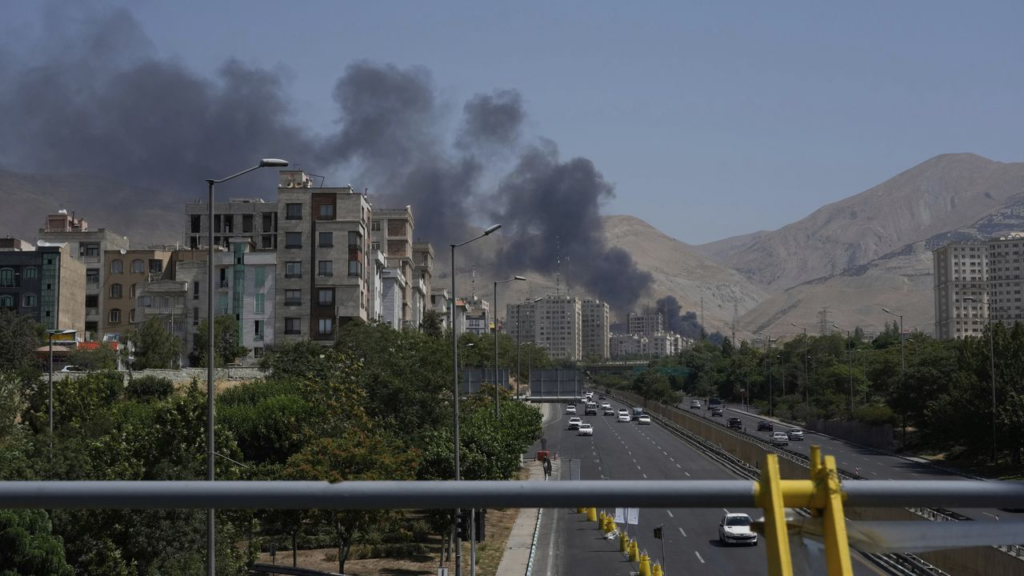Leaders of China, Russia and India gather for Shanghai Cooperation Organisation summit
Reposted below is the article of the World Socialist Web Site published on 02 September 2025.
The two-day gathering of Shanghai Cooperation Organisation (SCO) leaders finished yesterday in the Chinese city of Tianjin. The host, Chinese President Xi Jinping, put forward his vision of a multi-polar world in opposition to “hegemonism and power politics”—a barely veiled criticism of the US.

The grouping has its roots in what was dubbed the “Shanghai Five,” formed by China and Russia with Kazakhstan, Kyrgyzstan and Tajikistan in 1996 to counter US interventions in Central Asia following the dissolution of the Soviet Union. The SCO was formally established in 2001 and expanded to include Uzbekistan. India, Pakistan, Belarus and Iran have subsequently been included as full members, while 14 other countries including Saudi Arabia, Turkey and Egypt are dialogue partners.
While the attendance of many of the 20 leaders at the summit was unremarkable, the presence of Indian Prime Minister Narendra Modi—his first visit to China in seven years—triggered alarm bells in Washington. US imperialism has carefully cultivated economic and strategic relations with India for well over a decade, as it has accelerated its preparations for war with China, which it regards as the chief threat to US global dominance.
Modi had previously signalled that he would not be attending the summit, citing his necessary attendance at a sitting of India’s parliament, in what could only be construed as a calculated snub to China. Although a thaw had begun, relations between the two countries were frosty following military clashes along their disputed border in 2020 that left 20 Indian and four Chinese soldiers dead.
Modi abruptly changed his plans amid a standoff with the Trump administration over India’s purchase of oil from Russia. In early August, Trump attempted to bully India into submission by doubling tariffs on Indian exports to the US to a massive 50 percent. Modi refused to cave in and the final 25 percent of the tariff hit came into effect last week. Indeed, Reuters reported last Thursday that India plans to increase purchases of Russian oil by between 10 and 20 percent.
Trump had been pressing India and China to end imports of Russia oil as a lever to strongarm Russian President Vladimir Putin into making concessions to Ukraine as part of negotiations over a ceasefire in the ongoing war. The fact that Trump had not imposed a similar tariff punishment increase on China to that on India was no doubt doubly galling for Modi, given India’s longstanding strategic partnership with the US.
Modi’s presence in China this week was something of a diplomatic coup for Xi, who effusively welcomed him on Sunday, saying the two countries must not let the border issue define overall relations, and should be development partners not rivals. Modi, in turn, declared that there was now an “atmosphere of peace and stability” between them.
Modi and Xi met in Russia last October on the sidelines of the BRICS summit shortly after reaching a border patrol agreement. Over recent weeks, a further warming of relations has been evidenced by the re-establishment of direct flights and a lifting of Chinese export restrictions on India including on rare earths. Yesterday, according to Modi, the two leaders discussed reducing India’s huge trade deficit of $99 billion with China, the country’s largest trading partner.
Xi clearly used the SCO summit as a platform to demonstrate China’s ability to counter US efforts to isolate it internationally and encircle it militarily. “Global governance has reached a new crossroads,” he said.
In another swipe at the US and Trump, without naming names, Xi criticised “bullying practices” and declared: “The house rules of a few countries should not be imposed on others.”
The meeting agreed to Xi’s proposal for a new SCO development bank in a move to further undermine the dominance of the US dollar in world trade and finance. Beijing is to provide 10 billion yuan ($US1.4 billion) in loans to the new banking consortium and another 2 billion yuan in aid to member states this year. China also plans to build an artificial intelligence cooperation centre for SCO nations.
Putin also used the opportunity to call for “genuine multilateralism” to lay the groundwork for “a new system of stability and security in Eurasia.” In an obvious reference to the US and NATO, he added: “This security system, unlike Euro-centric and Euro-Atlantic models, … [would be] truly balanced, and would not allow one country to ensure its own security at the expense of others.”
Putin also lashed out against the US and NATO over the war in Ukraine, saying it “did not arise as a result of Russia’s aggression against Ukraine, but rather as a consequence of a coup d’état [in 2014] in Ukraine, which was supported and provoked by the West.” He praised the efforts of China and India in facilitating a resolution to the crisis and said he would inform SCO members of details of last month’s negotiations with Trump in Alaska in bilateral meetings.
Both China and India have called for an end to the war, but at the same time pointedly refused to condemn Russia’s 2022 invasion.
Efforts were made to present an atmosphere of conviviality and bonhomie. Modi and Putin arrived together in Putin’s vehicle to yesterday’s meeting after a lengthy discussion and joined Xi for a photo opportunity holding hands in a close circle. The Indian and Russian leaders also publicly praised their own discussions.
An editorial in the Washington Post entitled “Trump’s white-knuckling with India could backfire” expressed the alarm in US ruling circles that the White House’s crude attempt to use hefty tariffs to bludgeon New Delhi into submission and break up longstanding Indian ties with Russia had failed.
“Beijing remains Washington’s most powerful rival. In purely economic terms, China is already a far more formidable adversary than the Soviet Union ever was,” it noted, then concluded:
“Trump’s zero-sum approach is to not leave any money on the table in negotiations. Even in business, that’s arguably a mistake. Goodwill has value. Trump’s talks with China might yet turn out to be every bit as bruising as those he is having with allies. Maybe that’s when he might appreciate better relations with friends.”
Trump officials, however, have shown no signs of heeding the advice. US Treasury Secretary Scott Bessent described the SCO summit as “performative” and denounced India and China as “bad actors” that were “fuelling the Russian war machine”. Trump’s anti-China trade adviser Peter Navarro condemned India as “arrogant,” declaring that the “Brahmins are profiteering at the expense of the Indian people” with the Russia oil trade. In a fit of exasperation, Navarro branded the conflict in Ukraine as “Modi’s war.”
Modi has no intention of immediately rupturing relations with the US. On his way to the SCO summit, he stopped in Tokyo where he praised the work of the Quadrilateral Security Dialogue or Quad—a quasi-military pact with Japan, the US and Australia. Speaking to Nikkei Asia, Modi repeated stock standard US propaganda, declaring: “As vibrant democracies, open economies and pluralistic societies, we are committed to a free, open and inclusive Indo-Pacific”—directed against “authoritarian” China.
Like the other SCO members including China and Russia, India aggressively pursues its economic and strategic interests amid worsening international economic turmoil, exacerbated by Trump’s trade war measures, along with heightened geo-political tensions and an emerging world war. Wracked by social tensions at home and divided by many unresolved disputes, none of them has a progressive solution to the global eruption of imperialist violence and deepening crisis of the capitalist system.
Leaders of China, Russia and India gather for Shanghai Cooperation Organisation summit Read More »

